The history of Curacao is closely linked to the history of slavery. Curacao was an outpost and trading station for African slaves. The Kura Hulanda Museum does not only tell the story of the slaves, but also gives an insight on African and Arabian culture.

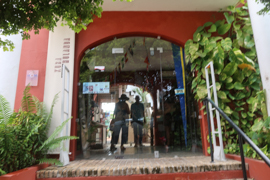
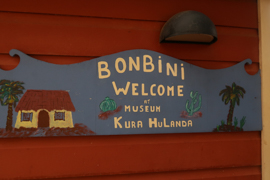
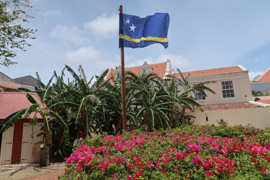
Kura Hulanda Museum – Location and Admission
The concept of the Kura Hulanda is quite interesting: the property mainly hosts a luxury hotel, right in the heart of Otrabanda. Just a small part of the area is reserved for the museum, which you can easily access by a short walk from Brionplein.
The exibitions are all located around a central square, which is hosting an impressive statue in its center: from the entrance, the big bronze (?) sculpture looks like a face, but when you exit the exhibits you see that from the side it characterizes the shape of the African continent.
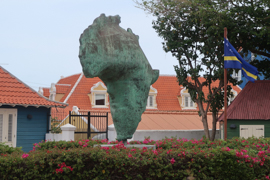

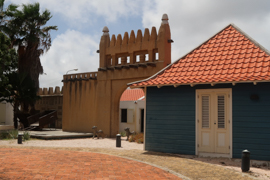

The museum is open all days except Sunday, 9:30 to 16:30 hrs. The adult admission is 10 USD. Apart from the ordinary souvenirs, the museum shop also offers African art for purchase.
Kura Hulanda Museum – History of Slavery
The slavery exhibition part, which lies on the left hand side of the visitor when entering, is likely the most prominent part of the exhibition. It starts which the potential to have a look in a cottage, before being informed about slavery. I felt that the most impressing – and depressing – exhibits were quite at the beginning, when you could learn how slave trade has taken place and how slaves from Africa have been transported to the Caribbean region. You can even a reproduction of the cargo hold of an historic trade ship to explore the narrowness of the transport. There is also a major section about the Afro-Americans with slavery ancestry, including the influence of the Ku Klux Klan, but also praising Martin Luther King and Barrack Obama.
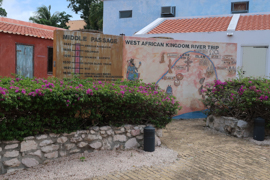
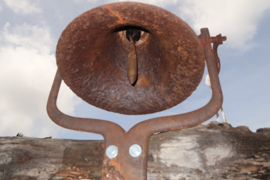
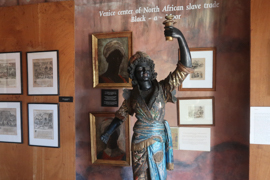
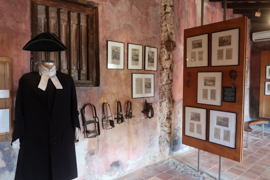
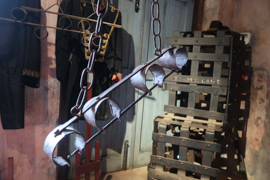
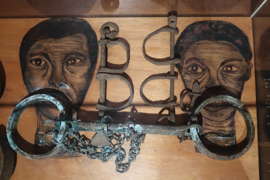
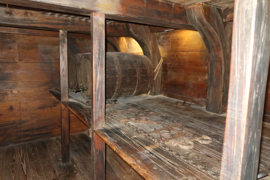

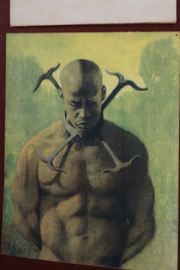
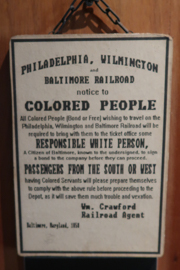
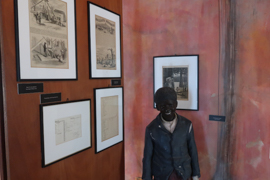
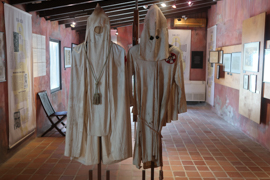


Kura Hulanda Museum – African / Dogon Culture
Maybe not that touching, but very diverse and interesting is the exhibtion on African culture, which is located in a separate building. The exhibition starts with general information on Africa and then shows the influence of religion (including Islam regions like Morocco). A key focus of the exhibition is on the Dogon culture, to wish roughly half a million people in the Mali region belong to. In a separate buiding, there are also exhibitions on the Benin culture, especially on Bronze artwork.
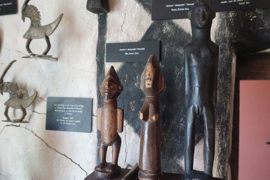

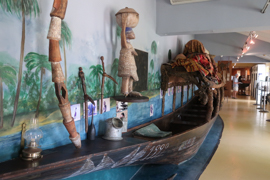
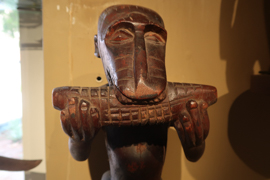

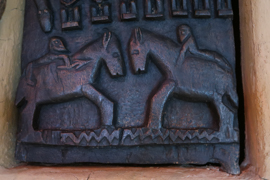


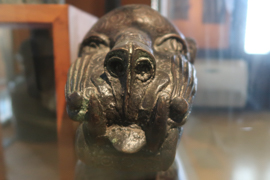
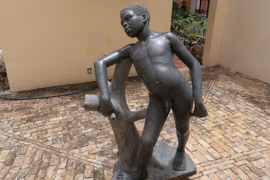
Kura Hulanda Museum – Other Exhibitions
Apart from the two key exhibition areas, there are a couple of minor exhibition. For example, there is a small sculpture garden right behind the slavery exhibition rooms. There are also two small sheds which can be used for exhibitions. Right next to the museum entrance are two rooms named Countries of Abraham and Egypt and show corresponding exhibits – a quite impressive area.
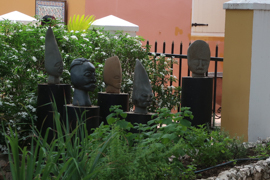
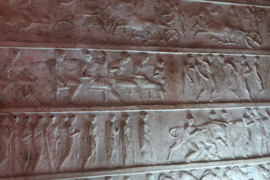
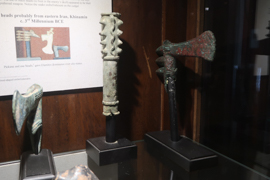
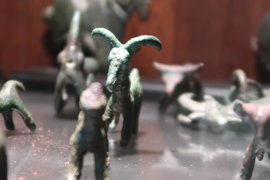


Kura Hulanda Museum – My View
Combining the history of slavery with the cultural roots of the people which have majorly been deported and abused as slaves is a tough mission – but I feel that the Kura Hulanda is doing a great job and shows a very interesting exhibition. You should definitely visit the exhibition in case you make it to Willemstad in my point of view.
Other Curacao Trip Postings
As part of my July travel to Curacao, I so far have additionally posted the following reviews:
- Blue Bay Lodges (Accomodation Review)
- Curacao Ostrich Farm
- Kura Hulanda Museum (Museum for Slavery and African Culture)
- Two Northern Curacao National Park Gems (Christoffel Park and Shete Boka)
- Visiting the Home of the Curacao Liqueur Factory
- Willemstad – the colorful capital
- Willemstad Maritime Museum and Harbour Tour
In addition, as part of this travel I have done a daytrip:
I flew Air Canada Rouge on this trip:
- Flying Air Canada Premium Rouge (Airline Review)
The following galleries have been published on this trip:

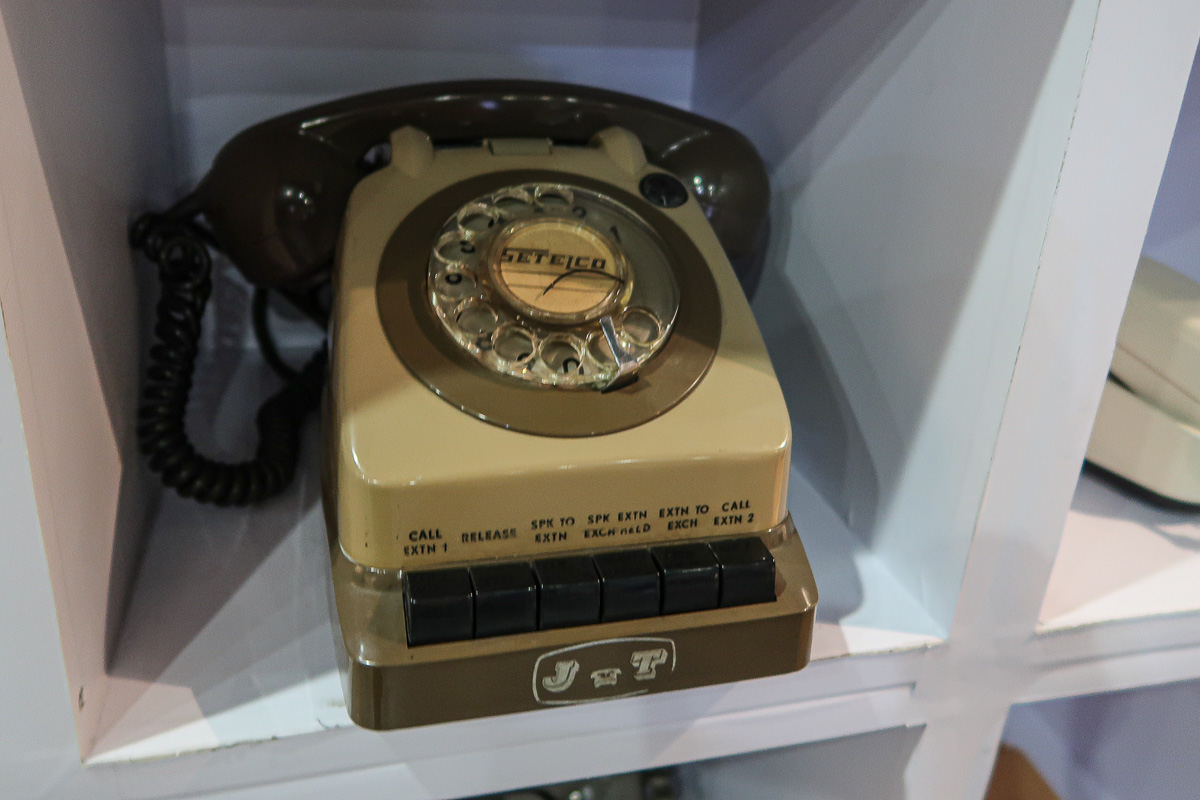
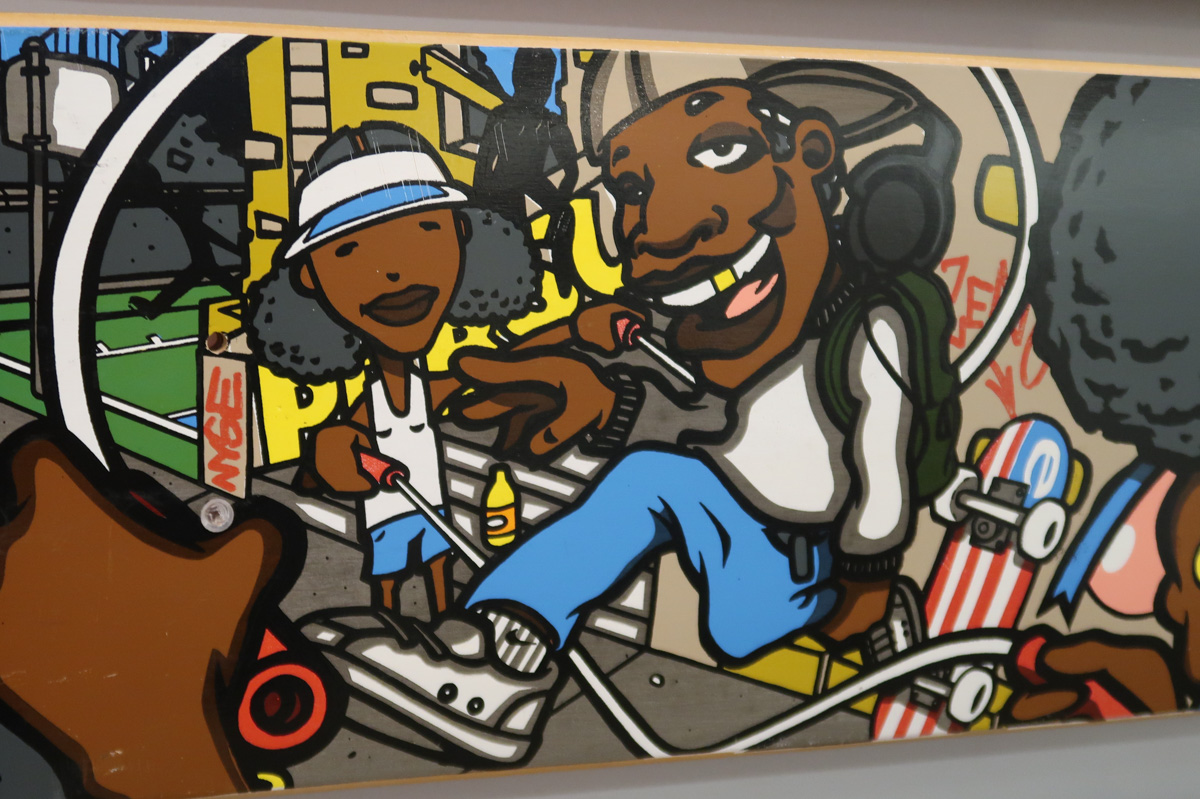

thank you for making this article very useful and keep up the good work
You’re very welcome 🙂